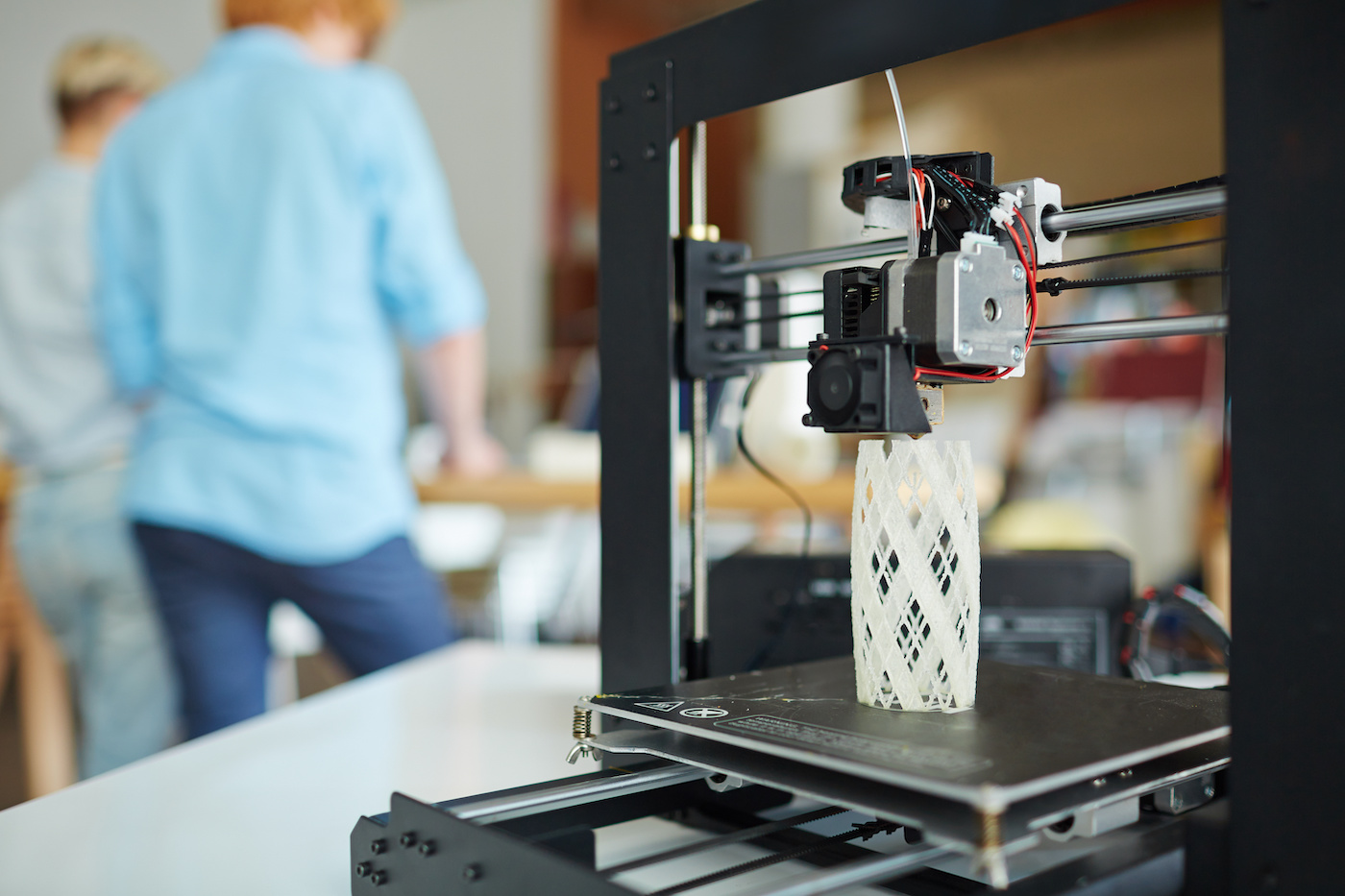[ad_1]
If science fiction has taught us anything, it’s that robots are to be feared. Some stories forecast an uprising. Others talk about mass unemployment. But that’s the stuff of imagination. The latest in real-world robotic intelligence is creating devices that are working to combat one of society’s biggest problems—and helping advance humanity’s journey into the cosmos.
Some of the most advanced work happening today is coming from the Massachusetts Institute of Technology, which is working to develop robots that can swarm together to create, well, anything: houses, vehicles or even larger robots.
The microbots work and move independently in large numbers, putting together large-scale objects in a short period of time. It’s still something very much in the research phase, of course. The actual assembly of those larger structures is years away with this technology (robots consisting of a string of several building blocks called voxels joined end-to-end), but it’s showing promise.
“When we’re building these structures, you have to build in intelligence,” Neil Gershenfel, director of MIT’s Center for Bits and Atoms (CBA) said in a statement. “Voxels … transmit power and data as well as force. … There’s no wires. There’s just the structure.”
While we’re still a fair distance from robots that build houses out of virtually nothing independently, the era of robot-built houses is already upon us, in fact.
Austin-based startup Icon uses a specialized 3D printer to print homes and recently announced plans with Lennar to develop 100 houses in a master-planned community in Georgetown, Texas, located about 30 minutes north of Austin.
This will be the first large-scale 3D printed community in the country, with homes starting at $400,000 and ranging from 1,574 square feet to 2,112 square feet. The printer does the job of 12 builders, using concrete to build the walls. Icon can finish a new home from scratch in roughly two weeks.
Icon, which has also built 3D-printed homes in Mexico and Texas, is already looking beyond creating terrestrial domiciles, however. At the end of November, it received a $57.2 million award from NASA to develop a lunar surface construction system, which officials hope to use for the first construction on another planetary body, including roads, landing pads and, yes, habitats. The contract runs through 2028 and is designed for use on the moon and Mars.
“In order to explore other worlds, we need innovative new technologies adapted to those environments and our exploration needs,” said Niki Werkheiser, director of technology maturation in NASA’s Space Technology Mission Directorate (STMD). “Pushing this development forward with our commercial partners will create the capabilities we need for future missions.”
Icon has already created a 1,700 square foot simulated Martian habitat, which will be used during NASA’s Crew Health and Performance Analog mission starting next year.
Space, actually, is a potential destination for several robotic advances. NASA has also awarded $600,000 for a feasibility study surrounding sending swarms of miniature robots to explore the oceans below the ice shells of “ocean worlds” in our solar system, such as Pluto and several moons of Jupiter and Saturn. Officials say they are interested in exploring the chemical interactions between rocks and ocean water on these planets, which could be very similar to the deep ocean environments on earth.
Whether it’s the swarm robots of MIT, the swimmers being discussed to explore the oceans of icy planets or the 3D printers that are already in the field today, the robotics field is getting closer to meeting the reality of science fiction, without the dose of dystopia we’ve all worried about.
“Building self-replicating systems is a classic challenge not just in science, but even in the science fiction literature — something that only nature has really achieved so far, so this is extremely exciting work,” Sandor Fekete, a professor of algorithmics in the Department of Computer Science at Technical University Braunschweig, Germany, tells MIT News.
The views and opinions expressed herein are the views and opinions of the author and do not necessarily reflect those of Nasdaq, Inc.
[ad_2]
Image and article originally from www.nasdaq.com. Read the original article here.

